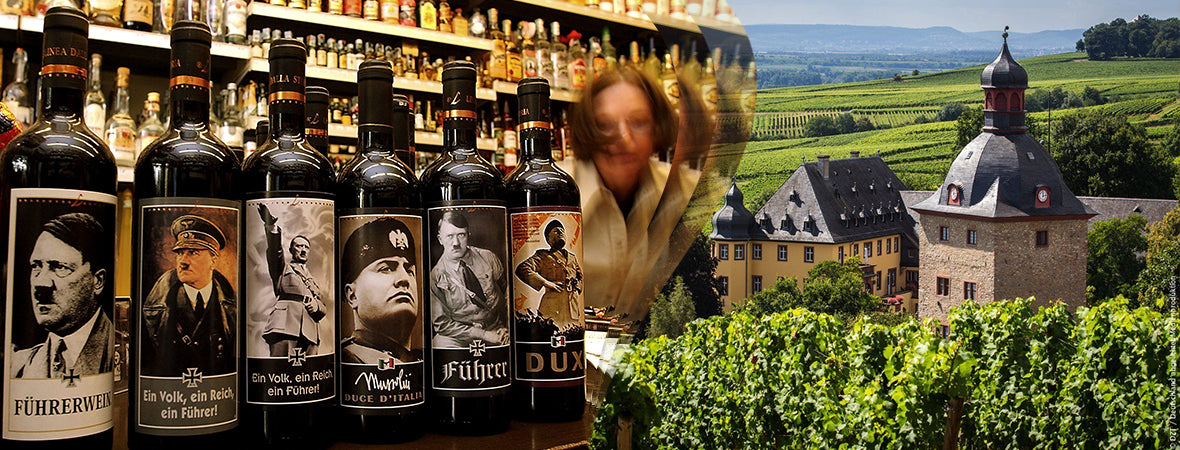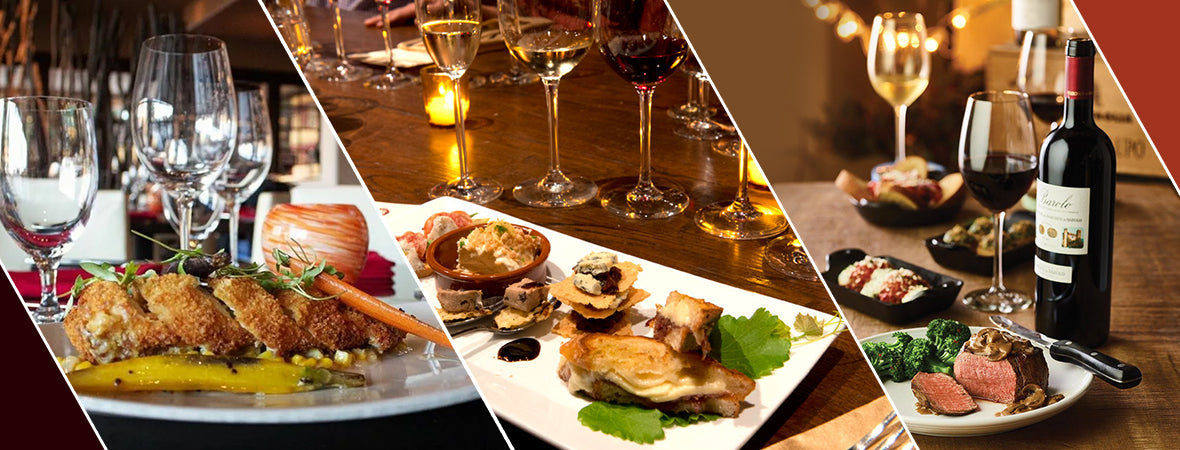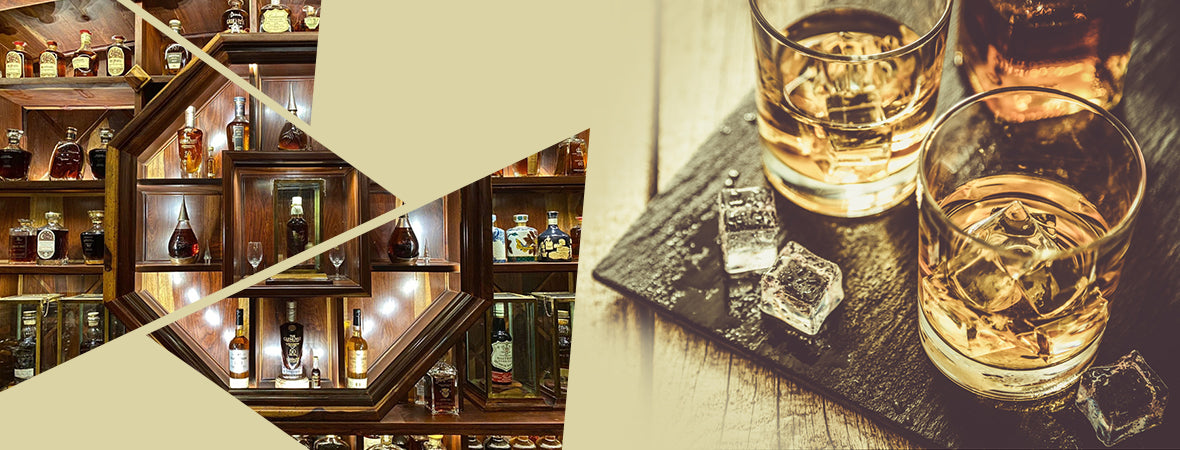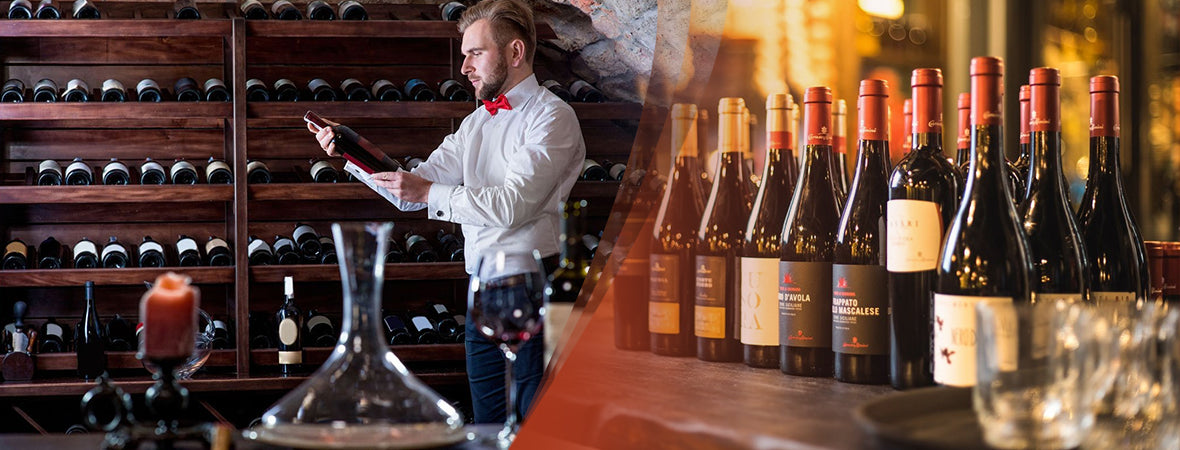German wine dates back to early Roman times. Germany has a reputation internationally as a producer of elegant and aromatically pure white wines primarily based on the Riesling varietal. Many of these wines range from crisp to dry and well balanced. Although the world loves the Germans white wines, Germany has a third of the total surface dedicated to the Pinot Noir or known by its local name as Spatburgunder. The many styles of German wines vary from semi sweet to sweet as well as Rose, Red wine, and Sparkling wines called Sekt. Despite producing wines unlike any other in Europe, Germany is still better known for their inexpensive wines. A majority of the German wine consumed in the country is considerably unlike the majority of wines that are exported are sweet.
Regions
There are about 13 main regions that the wine industry associates quality with. There are other regions that produce the countries table wines but fall under different quality levels than the 13 popular regions. These regions are:
Ahr, Baden, Franconia, Hessische Bergstrapbe, Mittelrhein, Mosel, Nahe, Palatinate, Rheingau, Rheinhessen, Saale-Unstrut, Saxony, and Wurttemberg.
These 13 regions are broken down in to about 39 districts which are further broken down into vineyards. There are close to 135 grape varietals in Germany. 100 grape varietals are released for white wine and 35 grape varietals are dedicated to red wine production.
Government Laws
The Government created a German wine law which is responsible for drawing up lists of grape varietals allowed for wine production. They have individual lists for red wine and white wine. Many of the best vineyards in Germany are steep vineyards overlooking rivers which make it difficult to cultivate and a lot of manual labor is needed to produce the wines. Many of these wines are produced by using the organic and biodynamic methods. The vineyards also weigh their grapes with an Oechsle Scale which is a hydrometer scale that weighs the density of the grapes indicating ripeness and adequate sugar content.
Classification
The classification of these wines can be confusing at times. The labels are very descriptive and also state the ripeness of the grapes used as well as sweet and dryness of the wine. The confusion sometimes comes from the classification of sweet or dry that pertains to minimum sugar content or the amount of potential alcohol based on estimated fermenting of those sugars. So the ripeness doesn’t explain how sweet the wine is after production but actually the estimated levels based on the weight of the sugar levels in the grapes. Some of the terms used are:
Kabinett, Spatlese, Auslese, Beerenauslese, Eiswein, Trockenbeerenauslese, Trocken, and Halbtrocken.
Further reading: Top Rated Wines
Further explore our inventory here.





